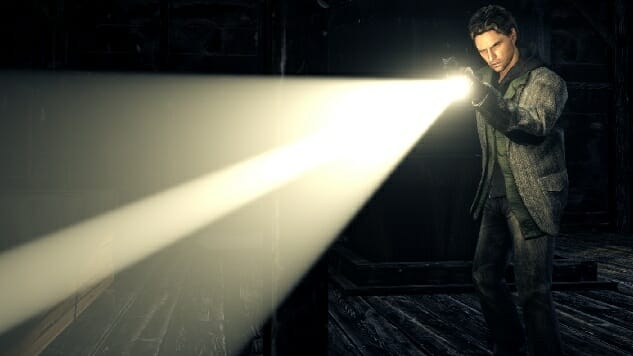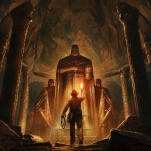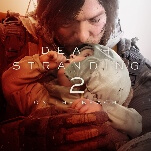9 Great Videogame Flashlights
Everybody’s got a Little Light

This month’s release of Remedy’s Quantum Break has us thinking about their previous work, Alan Wake, a game where one of your most valuable weapons is your flashlight. They’re analogous, flashlights and guns. You aim them and use them to affect things at a distance. Model the latter (and oh so many videogames model the latter) and it’s not too difficult to model the former. They can empower, yes, but only in a context where you’re not empowered. Darkness is threatening, and the flashlight is personal. It can’t illuminate everything, and anything outside of its glow becomes more threatening. And because flashlights would be too limited, here are nine videogame Personal Illumination Objects.
1. Alan Wake
Wake’s enemies, the Taken, are humans (or animals, or inanimate objects) possessed by the Dark Presence, an enemy as pulpy as its name. They’re covered in a shadow, a videogame-standard shield that has to be destroyed before they can be killed. But in Alan Wake, that which damages the shield does not damage the enemies. Combat is a two-step process: destroy the darkness with the flashlight then shoot the enemy with a gun. The weaponized flashlight recharges over time, but can also be reloaded using Energizer-branded batteries found throughout the game.
2. Deadfall Adventures
This is a strange game: a pastiche of adventure pastiches like Indiana Jones and Uncharted, but with their literary genealogy restored. The player character is not just thematically descended from H. Rider Haggard’s Allan Quartermain: he is his great-grandson, James Lee Quartermain. James carries two pistols, but can swap the one in his left hand for a flashlight. It blinds human enemies (which, in a symbolically fraught progression, shift from Nazis to Communists to Arab mercenaries), charges up ancient machine door puzzle crystals, and burns off the darkness surrounding the—er, that is, makes the undead enemies vulnerable to gunfire. By focusing the beam on them and burning them.
3. Half-Life 2: Episode One
In the Lowlife section of the game, player character Gordon Freeman is equipped with a gun that picks up and flings things, and a flashlight. Computer-controlled Alyx Vance has the gun, but no flashlight. One way to play through the level is to point the flashlight at enemies, so Alyx can shoot them, which she does well. What she doesn’t do so well is move around in the dark. If you turn off the flashlight, she won’t be able to move or shoot anything. It creates an almost-symbiotic relationship between player and AI, except the player doesn’t have to fully rely on Alyx the way she has to rely on his flashlight. It’s possible that would have been too disempowering for the player (an effect used to great discontent in the next entry).
4. Doom 3
-

-

-

-

-

-

-

-

-

-

-

-

-

-

-

-

-

-

-

-

-

-

-

-

-

-

-

-

-

-

-

-

-

-

-

-

-

-

-

-

















































